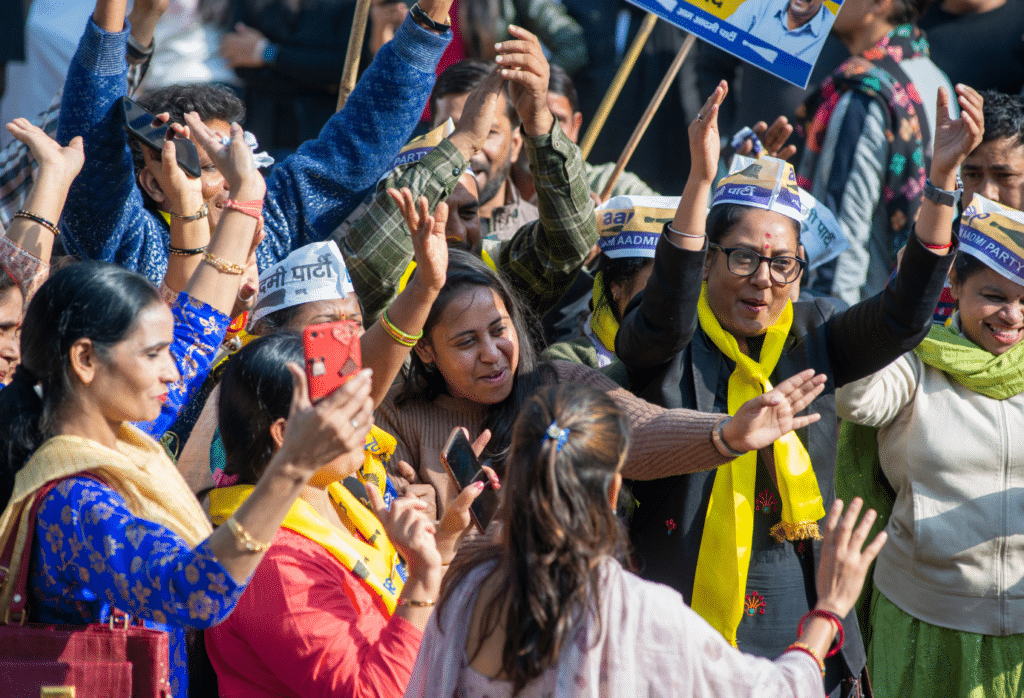A huge turning point for women in India occurred on Wednesday after a bill was passed in the country’s lower house of parliament that proposes to reserve one-third of seats in its lower house and state assemblies just for women.
Once in effect, the law could see the number of female lawmakers in parliament more than double.
The Women’s Reservation Bill, which secured 454 votes and only two dissenters, can only begin to be implemented once electoral boundaries are drawn in a census — an operation that could take until the end of the decade.
It’s been 27 years since the bill was first introduced in the Lok Sabha, the Indian parliament’s lower house.
Om Birla, the speaker of parliament, believes that Wednesday’s passing of the bill indicates a reduction of opposition over the last few years.
“The proposal has been passed with more than a two-thirds majority of the members present in the house,” Birla told Al Jazeera.
Jagdeep S. Chhokar, cofounder of the civil society group Association for Democratic Reforms, described the imminent process as “complicated.”
“Those exercises will take at least two, three years, if not more,” he told the AFP news agency. “Therefore it can be implemented only around 2026-27, which is a long time in Indian politics.”
Opposition Congress leader, Sonia Gandhi told parliament her party was enthusiastic about the bill, though demanded a revision on it so that the law could be instated sooner.
“Immediate implementation of the bill is not only necessary but also possible,” she said. “Any delay in implementing it will be injustice to women.”
“For the last 13 years, Indian women have been waiting for their political responsibilities, and now they are being asked to wait for a few more years — two years, four years, six years, eight years,” the former Congress chief continued.
“It is the demand of the Indian National Congress that the bill be immediately implemented… but, along with that, provision should be made for the reservation of SC [Scheduled Castes], ST [Scheduled Tribes] and OBC [Other Backward Class] women after conducting a caste census.”
Parliamentary representation of women in the country of more than 1.4 billion is not healthy — after the last national election in 2019, just 104 among a total of 788 MPs were women. That’s a figure of just over 13 per cent.
According to the Global Data on National Parliaments — a list of 193 countries and their percentage of elected women representatives in their national parliaments, India currently ranks 148.
Women’s overall participation in the labour force is declining — according to the latest data from the World Bank, less than 1 in 5 Indian women have paid employment.
Vandana Chavan, a Rajya Sabha member from the Nationalist Congress Party, hopes that an increase in female representation will lead to material changes for woman in India.
“There are so many women-related issues coming to the forefront like safety of women, nutrition among others,” she recently said. “We believe that if society has to change, it has to change with women coming to the forefront who account for half of the country’s population.”


